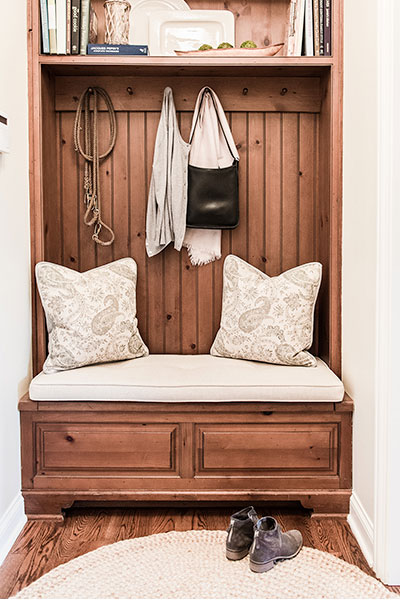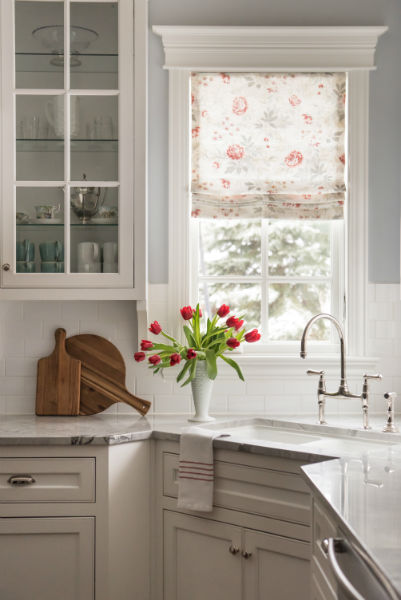Transitional Design: How to Bring in Personality and Avoid Looking Generic

When done well, transitional design is a great way to bridge the old and the new.
However, when two styles are blended, sometimes conservative choices are made with both styles, resulting in a neutral look that lacks personality and flair.
By following our tips below, you can avoid the pitfalls of lackluster transitional design and instead achieve a look that is both timeless and uniquely you.
First things first—what is transitional design?
Transitional design is a harmonious blend of both traditional and modern elements to create a cohesive design look.
You may have heard it referred to as “eclectic design,” which was the more commonly used term about a decade ago. Transitional design is often used for interiors but can be used architecturally as well.

What makes transitional design look generic?
For the old and the new to peacefully coexist, it’s important to keep the base of the room fairly neutral. You may need to avoid bright colors and limit the amount of art and accessories to keep the room from feeling busy or unfocused.
Many clients are justifiably concerned that this will create a space that is, frankly, boring. But with smart design choices and a clever eye, transitional design can sparkle with personality while still achieving a timeless look.
So how do I keep transitional design fresh and interesting?
1. Let the client’s personality lead the way.
The best way to keep a design unique is to be inspired by the client. Knowing their lifestyle, hobbies, and interests informs my design choices and keeps the room bold and original.
For a client who loves antiquing for dishes, I might select kitchen cabinets with glass door fronts to show off their collection.
The antique dishes can be selectively arranged with organically shaped plates and modern glassware, creating a practical but artful display.
For a client who is an equestrian, I would bring in fun details as a nod to that hobby. A live edge table with a rustic unfinished table top and clean modern lines in the base provides a stunning contrast.
I would also include organic materials like leather or hide when selecting elements for upholstered pillows, floor coverings, or accessories.
2. Use traditional upholstery to set off modern tables and lighting.
To ensure the modern elements don’t take over the design, I keep a space fresh and classic by ensuring core items like textiles and upholstery are kept traditional.
If I’m recommending a mid century modern sofa paired with an antique coffee table, I’ll keep the look cohesive with the right window treatments. I’ll select drapery designs with lightweight fabrics, neutral colors, and minimal patterns.
If the bedroom’s centerpiece is a glass chandelier, I’ll add texture with an upholstered headboard that has crisp, clean lines.
Anywhere you are planning on striking modern elements, be sure to add a foundation that is cozy but neutral so everything blends seamlessly.

3. Repurpose your existing furniture with modern updates.
If a client has solid traditional pieces in their collection, transitional design enables them to modernize their overall look without having to completely start over.
This makes it a great design option for empty nesters, who may wish to use their newfound space (and time) to update their homes.
After a fresh coat of paint, wood-stained vintage end tables can be paired with modern lamps and moved into the guest bedroom as bedside tables.
A classic side chair is given new life with fresh upholstery in a chic geometric pattern. This chair can then be paired with a sleek track arm sofa upholstered in a solid fabric.
With a few reworks and edits, we can create a more stylish modern aesthetic while still holding on to those pieces you love.
A designer’s eye can be an invaluable resource when carefully selecting the pieces from traditional and modern design that will work in harmony in your space.
Contact us to get started on your one-of-a-kind transitional design look!







